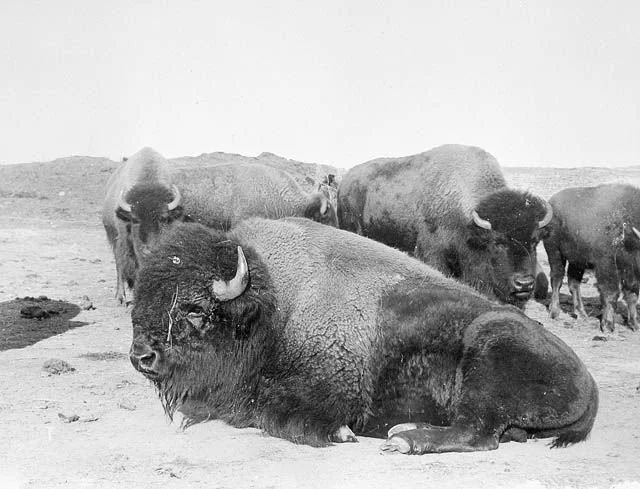When people ask me what kind of music I make with The American Buffalo, I never know what to tell them. Or, rather, I know exactly what to tell them, but I don’t want to bore them with a prolonged, vaguely coherent speech about “pop music in the broader historical sense of the term”, so I tell them that we play singer-songwriter, rock, or folk rock music, even though such terms always feel absurdly inadequate in describing the actual aesthetic and content of the work we’re putting out. This post will lay out what I’d like to tell them.
The American Buffalo makes American Popular Music. This is not to be confused with the pop music you might find in the Top 40 (though this music might also fall under the umbrella of American Popular Music); rather, I’m referring to a long musical and cultural history which is endemic to the United States, starting with the folk and blues music of the late 19th and early 20th centuries, reaching all the way to the hip-hop of today. The American Buffalo was created to celebrate, explore, analyze, comment on, contribute to, and perhaps even revise this history.
Now, you may ask, isn’t it a little redundant to invoke such a term considering the incredibly broad definition it carries — i.e. nearly all music created in America since the early 20th century could be considered American Popular Music? Moreover, isn’t it doubly redundant to then suggest that your project was made to contend with this history when in fact it is arguably the implicit function of all American Popular Music to contend with its own history?
I insist on using this broad categorization because the music itself is in conversation with a very broad swath of musical styles and genres: folk, rock and roll, blues, soul, R&B, and much more. And while it may seem unnecessary to mention the music’s ability to interact with history, I do so in order to draw attention to the partially deliberate nature of this interaction, which I believe distinguishes my project from many others.
When I started this project, I knew I wanted everything I made to be, in some form or fashion, a work of art. I knew I wanted to create art, to be an artist, from a very early age, and it was in conceiving this project that I discovered my proper medium (at least, for now): American Popular Music. The music, rather than being an end in itself, is an apparatus for conveying something much more expansive.
So, why did I choose American Popular Music? On a personal level, I went with it because it’s something I’ve always loved. I love singing, playing guitar, fumbling around on a piano — it’s a medium that comes more naturally to me than many others. On a more intellectual level, I believe popular music as we know it today is perhaps America’s greatest cultural contribution to the world, and it’s a contribution which emerges largely from centuries of oppression at the hands of a white patriarchy.
Of course, oppressive institutions didn’t create blues, jazz, soul, hip hop, etc.; these musics were often born of the struggle against them. But then how does one contend with this history if he belongs to the class of the oppressor? How does he express his love, his passion, his triumph — how does he show the world his ecstatic individuality when in so doing he not only must borrow from the cultures of the oppressed, but also might knowingly draw attention away from the experiences of those whose racial and cultural background his own group has often historically worked to silence? How can this behavior be politically or morally justified?
If a white man such as myself wishes to share his experience with the world, he must do so with a dutiful awareness of the culture which has given him the ability to do so. He must draw attention to this culture, recognize its flaws and its injustices, and use the privileges it has afforded him to aid those whom it has disenfranchised. Hopefully we can one day do away with the thing entirely, and we’ll erect in its place a more just paradigm. Until then, however, the path is full of obstacles, and the road to redemption is lifelong.



